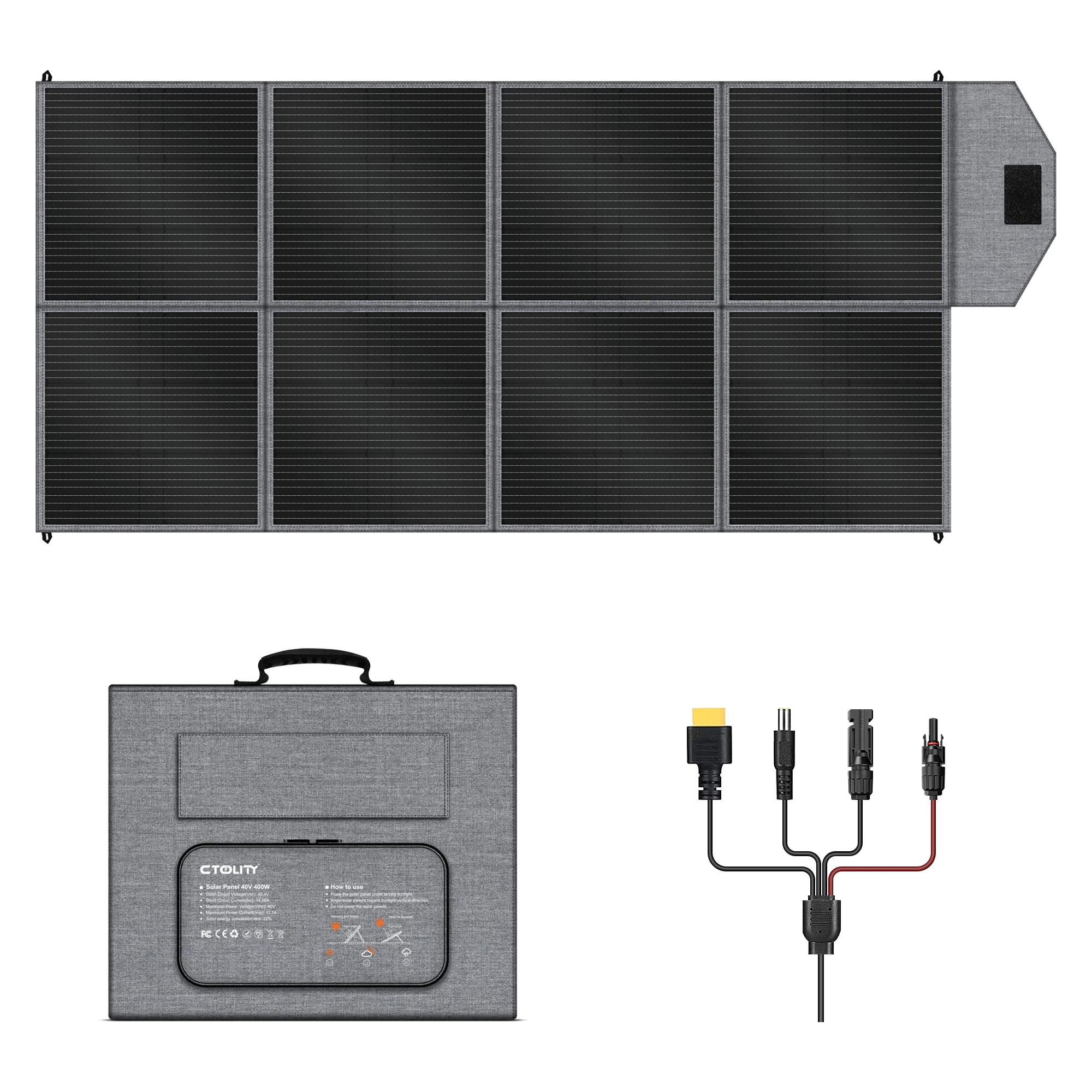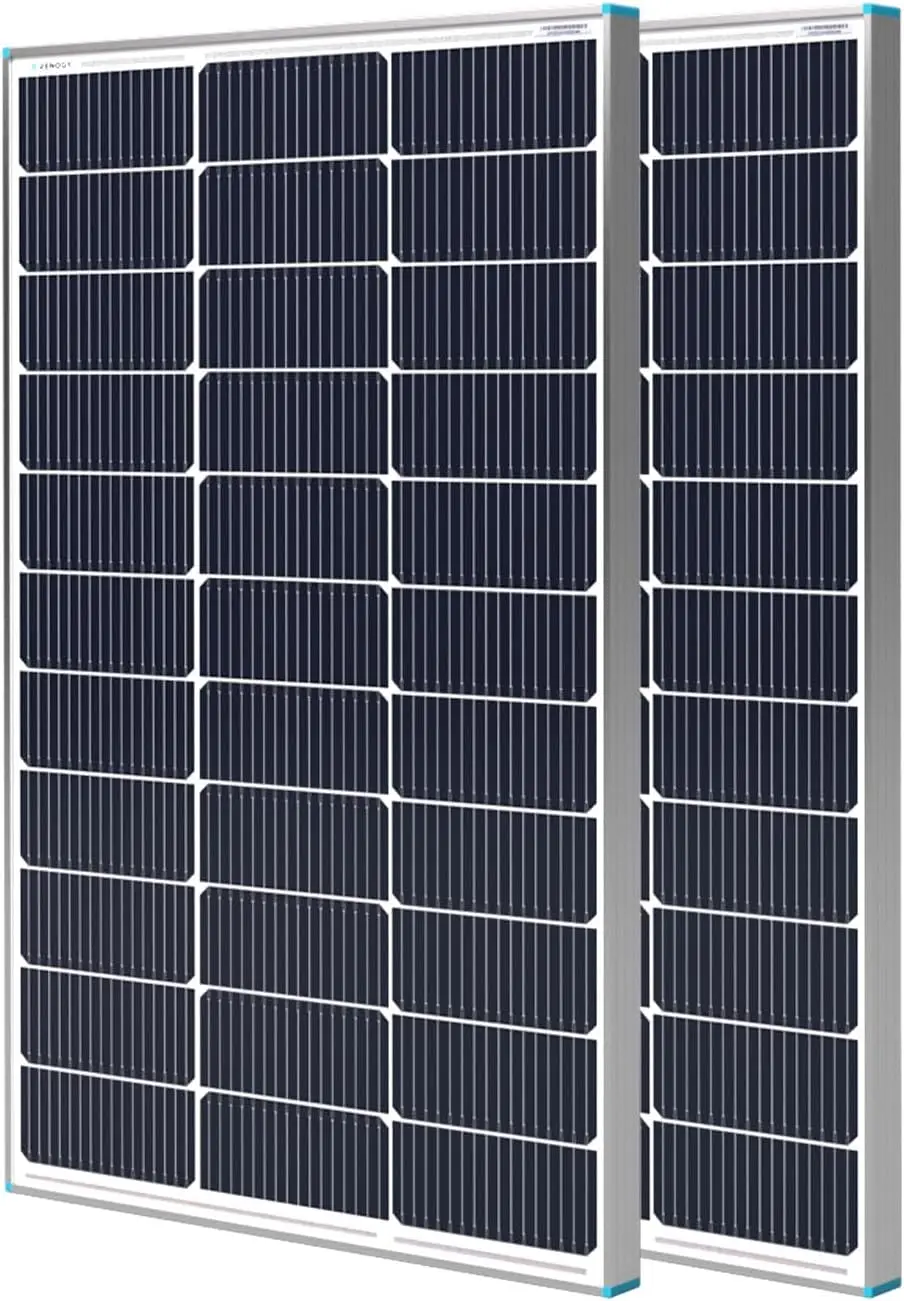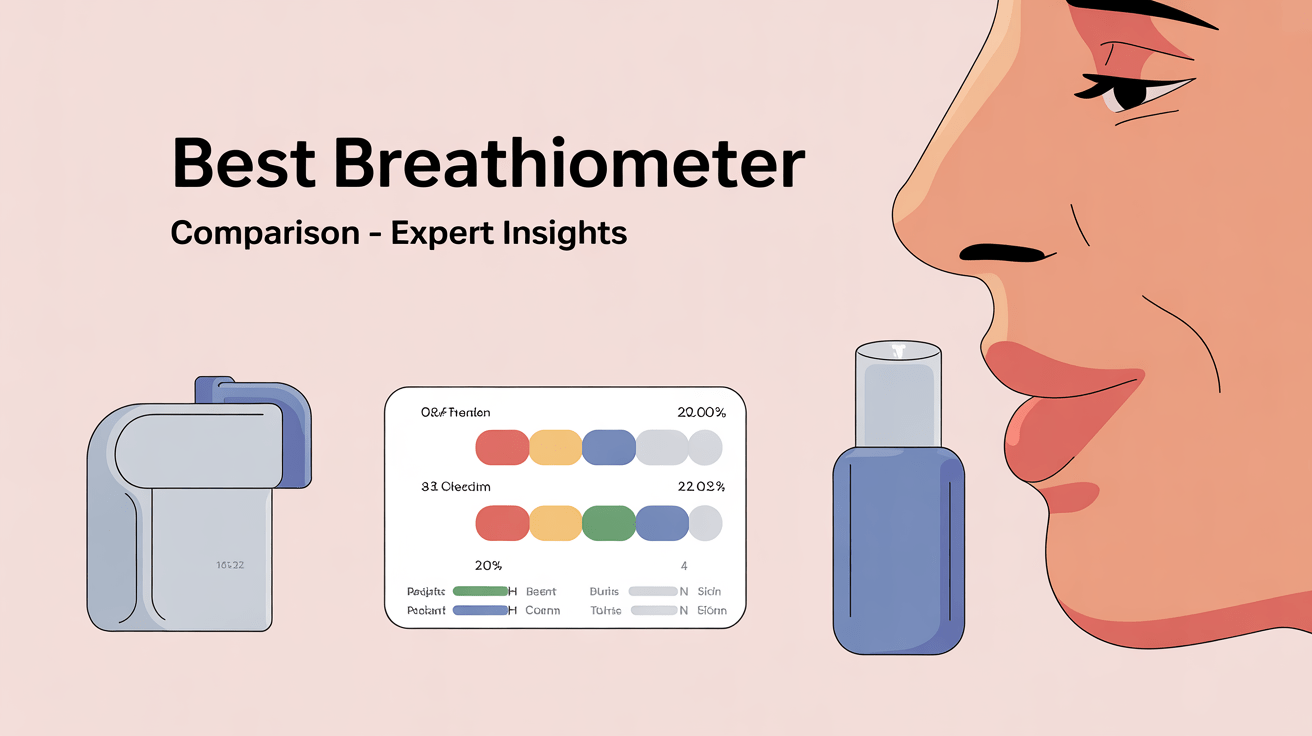




Most people want to know if solar panels will actually save them money and energy bills keep climbing every year. The average American home uses about 10,632 kilowatt-hours of electricity annually. That sounds like a lot to offset with solar alone. But what would you say if you could calculate your exact solar savings with just five simple steps? The calculation is easier than you might expect and you might be surprised at what is really possible for your property.
Table of Contents
- Step 1: Gather Your Electricity Usage Data
- Step 2: Determine Local Solar Energy Potential
- Step 3: Input Data Into The Calculator
- Step 4: Analyze The Results And Savings Estimates
- Step 5: Verify Your Calculations And Adjust Inputs
Quick Summary
| Key Point | Explanation |
|---|---|
| 1. Gather Accurate Electricity Data | Collect and analyze your electricity bills for the past year to establish your average monthly usage. |
| 2. Assess Local Solar Potential | Determine your property’s solar energy generation capability based on roof exposure, orientation, and local climate. |
| 3. Use a Reliable Solar Calculator | Input your data into a trusted solar savings calculator to estimate potential energy savings and investment returns. |
| 4. Analyze Calculator Results Thoroughly | Examine annual energy production and projected savings to evaluate the financial viability of solar panel installation. |
| 5. Verify and Adjust Your Data | Cross-check inputs and outputs for accuracy, and consider future changes affecting electricity consumption and rates. |
Step 1: Gather Your Electricity Usage Data
Calculating how much solar panels will save you begins with understanding your current electricity consumption. This critical first step provides the foundational data needed to estimate potential solar energy savings accurately. Your electricity bills are the key to unlocking this information.
To start, collect your electricity bills from the past 12 months. These documents contain crucial details about your energy usage patterns, revealing not just total consumption but seasonal variations that impact solar panel performance. Look specifically for the kilowatt-hours (kWh) used each month, which represents the total electricity your household consumes.
Locate the total kWh usage on each bill, typically found near the total charges section. Some utility companies helpfully display a monthly usage graph that makes tracking consumption easier. If your bills are digital, log into your online utility account where historical usage data is often more comprehensively presented. According to the U.S. Department of Energy, examining these records provides the most accurate baseline for solar savings calculations.
Calculate your average monthly electricity consumption by adding up the total kWh from the past 12 months and dividing by 12.
![]() This gives you a precise annual energy usage figure. Pay attention to months with higher consumption, which might indicate seasonal temperature extremes or specific energy-intensive activities.
This gives you a precise annual energy usage figure. Pay attention to months with higher consumption, which might indicate seasonal temperature extremes or specific energy-intensive activities.
If you cannot locate past bills, contact your utility provider directly. Most companies can provide historical usage data via email or through their online customer portal. Some utility representatives can even help you understand your consumption patterns and potential solar benefits.
Verify your data accuracy by cross-checking multiple bills and ensuring you have a complete 12-month cycle. This comprehensive approach helps create the most reliable solar savings estimate possible. Remember, the more precise your current electricity usage data, the more accurate your potential solar panel savings calculation will be.
Step 2: Determine Local Solar Energy Potential
After gathering your electricity usage data, the next crucial step is understanding how much solar energy your specific location can generate. Solar potential varies dramatically based on geographical location, roof orientation, and local climate conditions. This step helps you assess whether your property is well-suited for solar panel installation.
Begin by evaluating your property’s solar exposure. Walk around your property and observe how much direct sunlight your roof receives throughout the day. Ideal solar locations have unobstructed southern exposure with minimal shade from trees, buildings, or other structures. Areas with consistent, direct sunlight between 10 AM and 4 PM are most effective for solar energy production.
The National Renewable Energy Laboratory provides comprehensive solar resource maps that can help you estimate your local solar potential. These resources allow you to input your specific address and receive detailed information about average sunlight hours, solar irradiance, and potential energy generation. Consider using online solar mapping tools that provide precise data about your property’s solar capabilities.
Assess your roof’s characteristics carefully. Roof angle, direction, and condition significantly impact solar panel efficiency. South-facing roofs in the Northern Hemisphere typically generate the most solar energy. Roofs with a 30-degree pitch are often considered optimal, though modern solar technologies can adapt to various angles. Check your roof’s structural integrity and age make sure it can support solar panel installation for the next 20-25 years.

Consider local weather patterns and potential obstructions. Areas with frequent cloud cover or significant seasonal variations will experience different solar energy generation levels compared to regions with consistent sunlight. Urban environments might have more shade from surrounding buildings, while rural or suburban locations often provide better solar exposure.
To verify your solar potential, consult local solar installation professionals who can perform a detailed site assessment. Many offer free consultations that include precise measurements of your property’s solar energy generation potential. These experts use specialized tools to measure shade, roof angle, and other critical factors that impact solar panel performance.
Remember, your goal is to determine whether your property can generate enough solar energy to make installation financially beneficial. Not every location is equally suited for solar panels, so this assessment is crucial in understanding your potential energy savings and return on investment.
Step 3: Input Data into the Calculator
With your electricity usage data and solar potential assessment complete, you are now ready to use the solar panel savings calculator. This step transforms your collected information into a precise estimate of potential energy savings. The calculator serves as a powerful tool to project your financial and environmental benefits from solar panel installation.
Open a reputable online solar savings calculator. Many utility companies, renewable energy organizations, and solar installation websites offer free calculators designed to provide accurate estimates. Look for calculators that allow comprehensive input of multiple data points, ensuring a more precise projection of your potential solar savings.
According to the Solar Energy Industries Association, inputting accurate information is crucial for receiving meaningful results. Begin by entering your average monthly electricity consumption in kilowatt-hours (kWh). This is the total energy usage you calculated in the first step. The more precise this number, the more accurate your solar savings estimate will be.
Next, input your local electricity rates. Find this information on your utility bill or contact your local utility provider. Some calculators can automatically retrieve current rates based on your zip code, streamlining the process. Pay attention to whether your rates are fixed or variable, as this impacts long-term solar savings projections.
Provide details about your roof and property. Enter the approximate roof size available for solar panel installation, its orientation, and the average daily sunlight hours you identified in the previous step. Many calculators require information about roof pitch and potential shading, which influence solar panel efficiency. If you are unsure about specific measurements, most calculators offer range options or average estimates.
Input additional parameters that might impact your solar savings. These could include local solar incentives, federal tax credits, state rebates, and net metering policies. Some advanced calculators automatically update these factors based on your location. These incentives can significantly reduce your initial installation costs and accelerate your return on investment.
Review the calculator’s output carefully. Most tools will provide a comprehensive breakdown, including estimated annual energy production, potential cost savings, carbon emission reductions, and projected payback period for your solar panel investment. Compare multiple calculators to ensure consistency and get a well-rounded understanding of your potential solar savings.
Remember, while calculators provide valuable insights, they are estimates. For the most accurate assessment, consider scheduling a professional consultation with a local solar installation expert who can perform a detailed, on-site evaluation of your specific property and energy needs.
Step 4: Analyze the Results and Savings Estimates
After inputting your data, you now face the most critical phase: interpreting the solar savings calculator results. These projections will reveal whether solar panels represent a financially sound investment for your specific situation. Understanding the nuanced details of these estimates requires careful, methodical analysis.
First, focus on the estimated annual energy production. Compare this figure against your current electricity consumption to determine the percentage of your energy needs that solar panels could potentially cover. A high match indicates significant potential savings and reduced reliance on grid electricity. Look for calculators that show month-by-month production estimates, which help you understand seasonal variations in solar energy generation.
Energy.gov research suggests examining the projected financial savings over multiple timeframes. Pay close attention to three key metrics: your estimated annual savings, the total system cost, and the projected payback period. The payback period represents how long it will take for your solar panel investment to generate enough savings to cover its initial installation expenses.
Carefully evaluate the upfront installation costs against long-term financial benefits. While initial investments can seem substantial, many homeowners recoup these expenses within 7-10 years through energy savings and potential tax incentives. Calculate your potential return on investment by comparing the total system cost with projected annual and 20-year savings. Some advanced calculators provide visualization tools that illustrate these financial projections graphically.
Consider additional financial factors beyond direct electricity savings. Many calculators incorporate potential income from net metering, where excess energy generated is sold back to the electrical grid. Some regions offer solar renewable energy credits that can provide additional financial incentives. These supplementary revenue streams can significantly enhance the overall financial attractiveness of solar panel installation.
Evaluate the environmental impact alongside financial considerations. Most calculators provide estimates of potential carbon emissions reduced, which can be personally and environmentally motivating. Translating kilowatt-hour reductions into equivalent trees planted or miles not driven can make the environmental benefits more tangible and meaningful.
Do not rely solely on calculator results. Use these estimates as a starting point for further investigation. Contact local solar installers for personalized assessments that can provide more precise, location-specific projections. Professional evaluations can account for subtle factors that generic calculators might overlook, such as specific roof conditions, local weather patterns, and emerging solar technologies.
Remember, solar savings calculators offer valuable insights, but they are estimates. Treat them as informative guides rather than absolute financial guarantees. Your next step is to verify these projections through professional consultations and comprehensive research.
Step 5: Verify Your Calculations and Adjust Inputs
Verification is the cornerstone of accurate solar savings estimation. This critical step transforms preliminary calculations into reliable financial projections. After running initial calculations, you must meticulously cross-reference and validate every input and output to ensure maximum accuracy.
Begin by reviewing each data point entered into the solar savings calculator. Double-check your electricity consumption figures, ensuring they precisely match your collected utility bill information. Small discrepancies can significantly alter long-term savings estimates. If you notice any variations between your original documentation and calculator inputs, recalculate and re-enter the most accurate numbers.
The National Renewable Energy Laboratory recommends comparing results across multiple calculation platforms. Use two or three different online solar calculators and input identical information. Significant divergences between calculators might indicate the need for more precise data collection or professional consultation.
Pay special attention to location-specific variables that impact solar energy generation. Reexamine your property’s solar exposure, considering factors like roof angle, potential shading, and regional solar irradiance. Precise geographical data can dramatically influence calculation accuracy. If your initial assessment seemed approximate, consider using more advanced mapping tools or consulting local solar installation experts for granular site-specific information.
Adjust your inputs based on potential future changes. Consider upcoming home renovations, expected shifts in electricity consumption, or anticipated changes in household energy use. Some forward-thinking calculators allow you to model scenarios like electric vehicle charging or home office expansions that might increase your electricity requirements.
Examine the financial assumptions embedded in your calculations. Verify current local electricity rates, potential tax incentives, and available solar rebates. These financial parameters can change rapidly, so ensure you are using the most recent data. Contact local utility providers or solar incentive programs to confirm current rates and available financial benefits.
Consider running sensitivity analyses by slightly modifying key input parameters. Adjust electricity rates, solar panel efficiency estimates, and installation costs to understand how these variations impact your overall savings projections. This approach provides a more robust understanding of potential financial outcomes under different scenarios.
Seek external validation through professional assessment. Many solar installation companies offer complimentary site evaluations that can provide detailed, customized savings estimates. These professional assessments often leverage advanced modeling tools that surpass online calculators’ capabilities.
Remember, verification is about creating the most accurate representation of your potential solar investment. Treat this step as an opportunity to refine your understanding and build confidence in your solar energy transition. The more thoroughly you verify your calculations, the more reliable your future savings projections become.
Here is a checklist to help you verify and adjust your solar savings calculation inputs, ensuring accuracy and confidence before making a financial decision.
| Verification Step | What to Check | Why It Matters |
|---|---|---|
| Electricity Usage Data | Match calculator inputs to utility bill records | Prevents errors in savings estimates |
| Calculator Consistency | Compare results from different calculators | Identifies potential data discrepancies |
| Property Solar Potential | Validate roof angle, shading, and orientation | Ensures realistic production figures |
| Local Electricity Rates | Use up-to-date local utility prices | Reflects current and future savings |
| Financial Incentives | Confirm tax credits, rebates, net metering | Maximizes overall investment returns |
| Future Usage Changes | Account for expected increases in consumption | Projects accurate long-term benefits |
| Professional Assessment | Get a site visit or quote from a local installer | Provides tailored, location-specific results |
Ready to Turn Your Solar Savings Estimates Into Smarter Tech Decisions?
Struggling with the uncertainty of how much solar panels will really save you? If you have been sifting through energy bills, analyzing seasonal usage, and comparing solar potential calculators, you know how overwhelming the process feels. You want accurate answers using real numbers, but you need reliable resources to guide you every step of the way toward smarter choices. That is where HTEXS steps in with honest product reviews and step-by-step tech guides tailored for consumers like you.

Do not let confusing figures or unreliable advice hold you back from an informed solar investment. View our featured articles and expert product reviews on HTEXS for clear, easy-to-understand insights into solar technology, smart living, and the devices that power tomorrow’s net-zero homes. Take the next step now by exploring our latest posts and join a community dedicated to transparent tech knowledge. Your path to savings and smarter decisions starts here.
Frequently Asked Questions
How do I calculate my current electricity usage for solar panel savings?
To calculate your current electricity usage, gather your electricity bills from the past 12 months. Look for the total kilowatt-hours (kWh) used each month and calculate your average monthly consumption by dividing the total kWh by 12. This will give you a precise annual energy usage figure.
What factors affect the solar energy potential of my property?
Several factors affect the solar energy potential, including geographical location, roof orientation, angle, and local climate conditions. It’s essential to assess how much direct sunlight your roof receives and whether there are any obstructions like trees or buildings that could cast shade.
How do I use a solar savings calculator effectively?
To use a solar savings calculator effectively, input accurate data such as your average monthly electricity consumption, local electricity rates, roof size and orientation, and any local solar incentives or tax credits. This will help you generate a reliable estimate of potential savings from solar panel installation.
What should I look for in the results of a solar savings calculator?
When reviewing the results, pay attention to the estimated annual energy production, cost savings, payback period, and potential environmental benefits. Evaluate how much of your energy needs the solar panels could cover and consider both financial and carbon emission reductions in your analysis.
Recommended
- How Much Do Solar Panels Save in 2025 – htexs.com
- Solar Savings – htexs.com
- Solar Backpack: Your Ultimate Hiking Companion for Uninterrupted Adventures! – htexs.com
- Calibration – htexs.com










